HiLo Heroes, May 10-12
By:
May 10, 2009
HiLobrow gives thanks and praise to Peggy Nelson, David Smay, Mimi Lipson, Tor Aarestad, James Parker, and Greg Rowland, who contributed shout-outs to the following high-, low-, no-, and hilobrow heroes. On Wednesday, we’ll publish the next installment of this series. After that, we may have to scale back the scope of these entries… it’s too much!
Click here for more HILO birthdays.
***
MAY 10
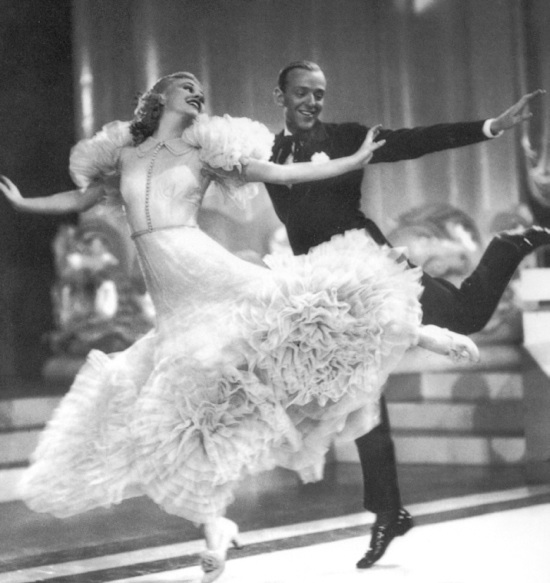
It’s true, musicals are silly, and Fred Astaire’s musicals were some of the silliest. The ideas were not lofty, the plots and motivations were, shall we say, porous — but those dances were pure abstract glissandos of delight. A little thin, a little diffident, a little odder than average — maybe he doesn’t look like the kind of guy you’d follow. But then the music starts, and Astaire starts to move, and sweeps you along with him. Sure, it was choreographed (by Astaire in collaboration, most notably with Hermes Pan) but choreography is just an idea — the execution is the manifestation, the dance is what’s real. Does anyone dance like that anymore? If so, can you call me? No, seriously. — P.N.
***
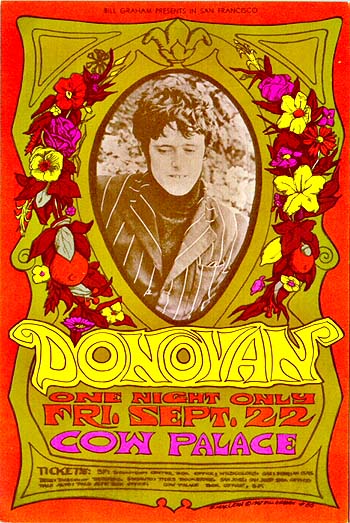
Unfairly dismissed by Sixties rock critics as a fey and twee Dylan wannabe, Donovan was clearly the unacknowledged legislator of all things fey and twee. Cat Stevens and Marc Bolan carved their entire careers out of tiny corners of his vast and misty mountained realm. You want gorgeous melodies, unbeatable pop hooks, restless musical innovation, and fantastic (tremulous) vocals? Check out Donovan’s namedropping hipster’s anthem “Sunny South Kensington,” or his overlooked masterpiece, the early Seventies’ children’s album HMS Donovan. — D.S.
***
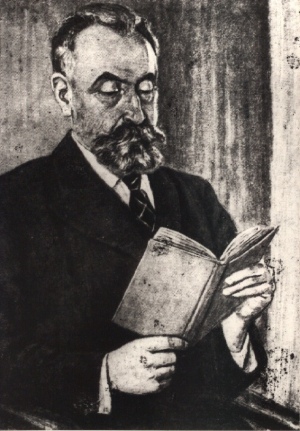
Dreyfusard and socialist, political activist, gregarious, bohemian and bon vivant, inspiration to Georges Bataille and the Situationists: although his Uncle Emile (Durkheim) was an inspired highbrow, Marcel Mauss was a giant of hilo — an intellectual populist. Serious of purpose, but institutionally unhinged and informationally omnivorous, he drew in a collection of surrealists and sociologists, trained them, and sent them off to Africa to assay the range of cultural expression and human belief. He was a catalyst for Levi-Strauss through his fulgent writings on the foundational nature of gift exchange in social and cultural life — among the first to grant equal status to belief and social facts in the study of sociology. (Earlier sociologists and anthropologists considered religion and culture epiphenomenal to social relations.) Remembered by a student as a man of “inspired confusion.” — T.A.
***

Sid Vicious
***
MAY 11

Salvador Dali
***
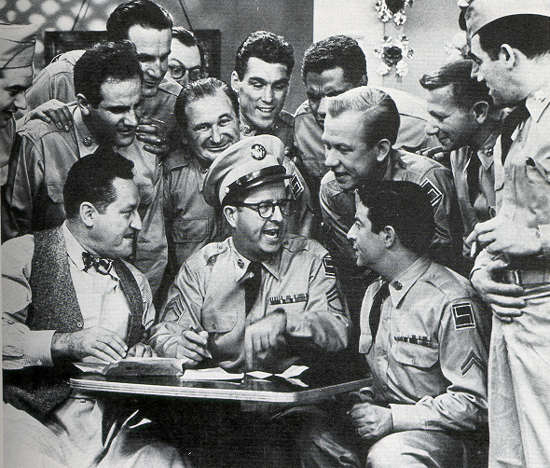
Both Phil Silvers and his best-known character, Sergeant Bilko, were driven by a manic energy that sought to control, disrupt, and ultimately collapse all forces of linear, mathematical, or hierarchical order — reflecting the devout wish of the obsessive gambler. Silvers had a Royal Flush-level comedic virtuosity, while Bilko’s monomaniacal obsession with material self-advancement elegantly disemboweled the American Dream. So Silvers is an unacknowledged hero of ’50s counterculture: smart enough to slip his subversion into prime time, thus guiding his audience towards an increasingly skeptical view of authority while still enabling laughter at the hysterically heroic limits of rampant individualism. — G.R.
***

The original cyberpunk? Feynman’s joy at constructing the myth of Feynman-as-outsider-genius seemed nearly as great as what he experienced expanding the frontiers of modern physics. His curiosity ranged from quantum physics to building tiny motors to picking up chicks. He was as interested in heuristics as in theory — if a principle could not be communicated in a freshman lecture, it was not properly understood. Described by Freeman Dyson as “half genius and half buffoon,” he was nanotechnology’s godfather and spiritual ancestor to all makers and pickup artists. — T.A.
***
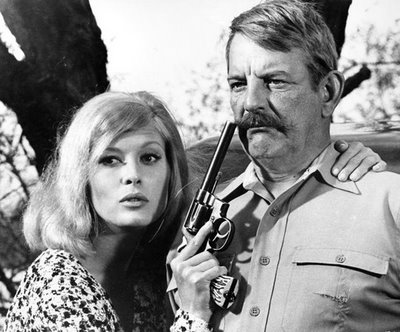
You know everything you need to know about Denver Pyle’s career by looking at his characters’ names: Amos Carruthers, Bagley the Blacksmith , Jumpy Jordan, Grandpappy John, Briscoe Darling, and, of course, Uncle Jesse. The avuncular hillbilly par excellence, Pyle looked fabulous in either buckskins or overalls. Not so much an actor as a found object of mountain-man authenticity in size, bearing, face, and voice. With a filmography that features more than seventy-five films, he managed exactly three stone classics: Johnny Guitar, The Man Who Shot Liberty Valance, and Bonnie and Clyde. — D.S.
***
MAY 12
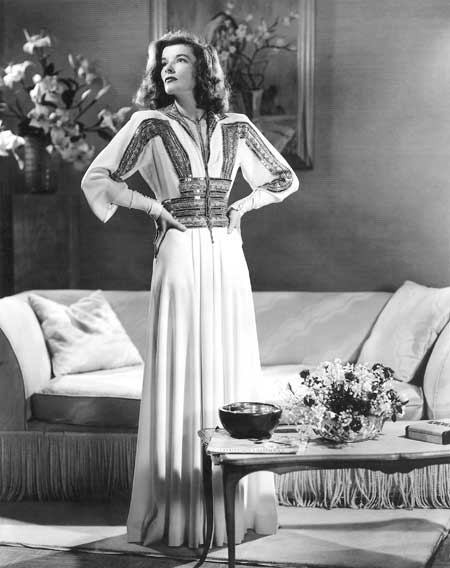
An icon as much for her chin line and Ivy League drawl (which possibly she made up; they certainly didn’t talk like that at Cornell!), Katharine Hepburn was a strong and independent woman, perhaps even more so than the ones she portrayed onscreen. My favorite roles of hers are the screwball comedies like The Philadelphia Story, which combined romantically convoluted plotlines with a little slapstick and a lot of incredibly intelligent repartee. Back when fast and action-packed were adjectives applied to the dialogue. These exchanges required the characters to be on for the entire length not only of the film but, one suspects, their lives. — P.N.
***
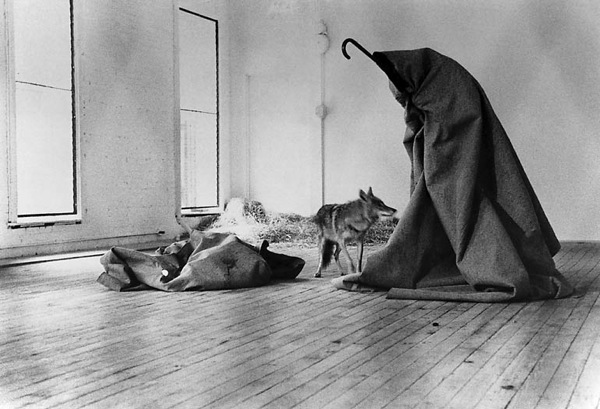
A conceptual artist, self-inventor, and master of materials who constructed his strongest work out of intangibles, Joseph Beuys was our postcard deity in art school. His sense of the absurd combined with his high seriousness in presentation made him the perfect icon both for those that wanted to take him seriously, and for those that had to mock him. And the great thing was, it made absolutely no difference: mocking the thing was the thing, it was both A and ~A at the same time. Not for nothing did Beuys choose to lock himself in a cage with a coyote, the trickster of myth, when he visited America, for pretty much no reason except to make a spectacle out of himself. A perfect commentary on the American Dream, which markets itself the world over as the ultimate Spectacle. — P.N.
***
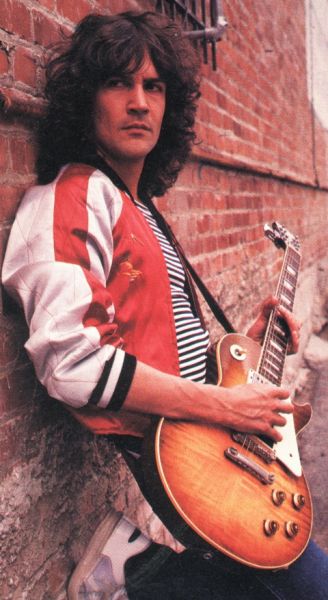
Billy Squier
***
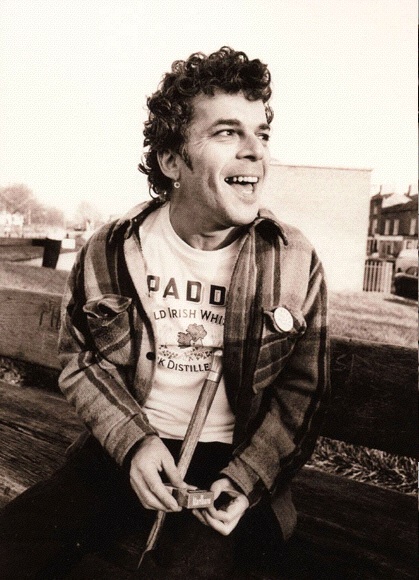
IAN DURY (1942-2000) is often identified with the original wave of British punk, but it’s hard to see much similarity between Dury and Johnny Rotten or Sid Vicious. Bawdy and sensual where they were aggressive and anarchic, Dury always seemed like he was enjoying every ounce of his life. After growling the chorus to “Sex & Drugs & Rock & Roll” he sings mincingly, “Every bit of clothing ought to make you pretty.” It’s easy to imagine this song inspiring all those child aesthetes who became the hair-metal heroes of the 1980s. But I like him best, perhaps, for his thumb to the middlebrow’s eye shortly before his death. Andrew Lloyd Webber asked Dury to adapt the lyrics for Cats: “But I said no straight off. I hate Andrew Lloyd Webber. He’s a wanker, isn’t he?” — T.A.
***
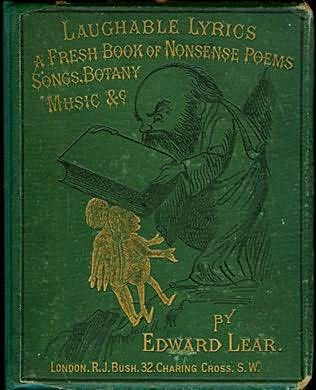
Absurdity’s great-uncle; Freudian punchline, with all those noses of yours (a procession of disappointed phalli); exploder-in-chief of the grand Victorian beard (you filled it with birds)… we salute you, EDWARD LEAR. You did to the limerick what the Melvins did to heavy metal. No, that’s not quite right — but you looped and compressed it, made an absurdist algorithm out of it. (“There was an Old Man of Vienna,/Who lived upon Tincture of Senna;/When that did not agree,/He took Camomile Tea,/That nasty Old Man of Vienna”) Your nonsense was as free as air, but it was also masonic, an initiation. Here, for instance, is how you crowned your recipe for Amblongus Pie: “Watch patiently till the crust begins to rise, and add a pinch of salt from time to time. Serve up in a clean dish, and throw the whole out of the window as fast as possible.” — J.P.
***
